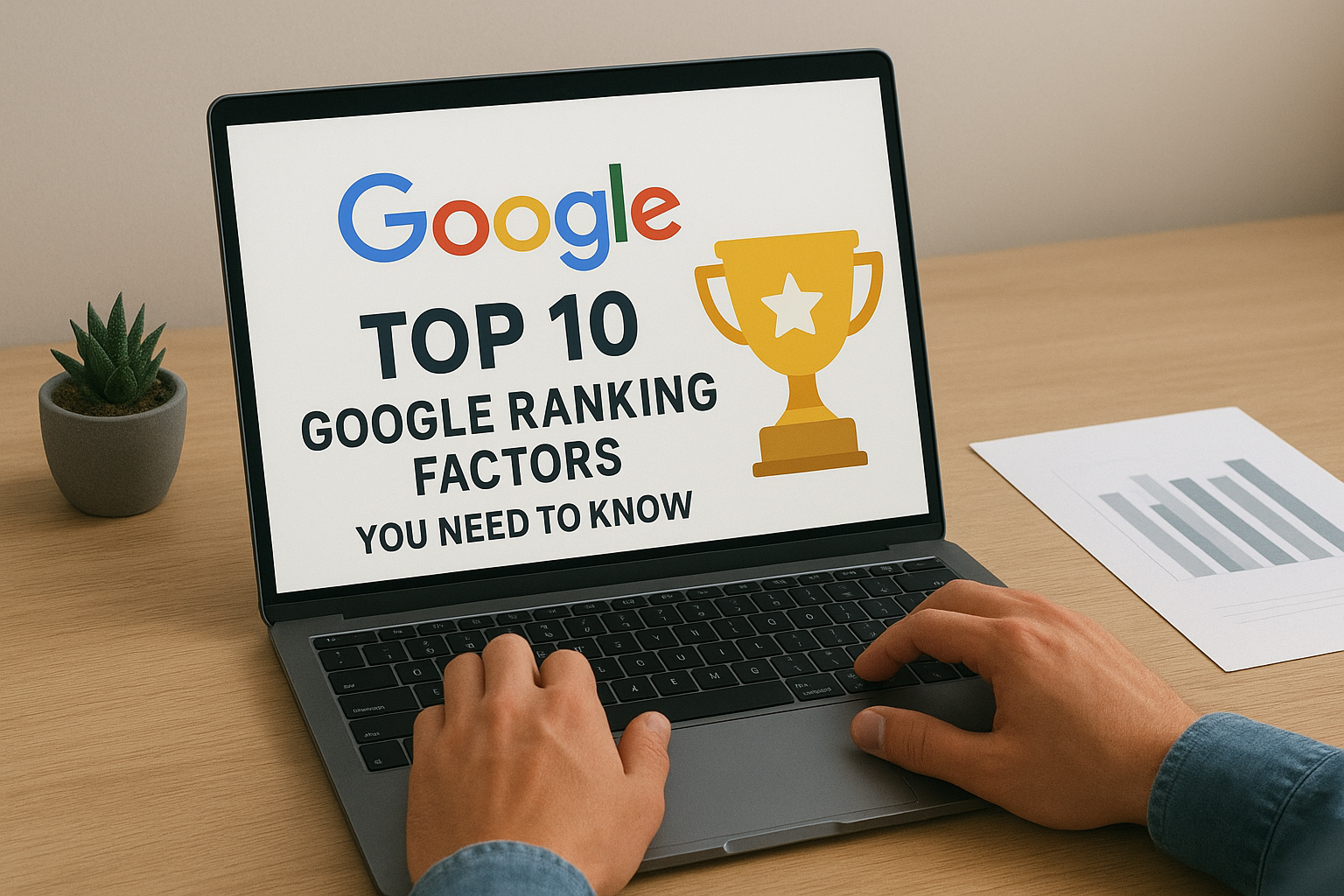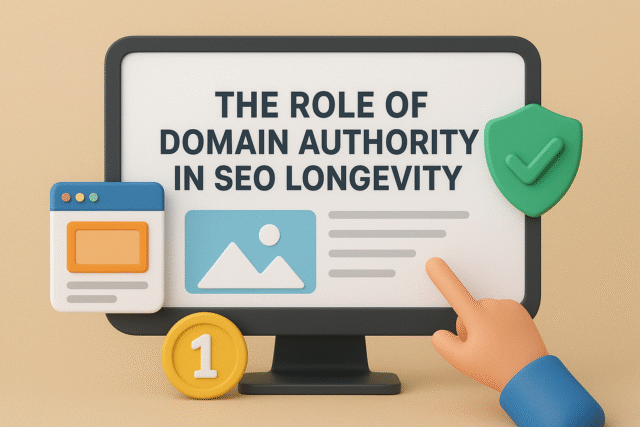Quick Summary: What This Blog Covers
This blog outlines the top 10 Google ranking factors for 2025 that businesses must prioritize for SEO success. From high-quality content, mobile optimization, and Core Web Vitals to backlinks, local SEO, and structured data, it breaks down what truly drives visibility. It also emphasizes user experience, content freshness, and security as critical components. By applying these strategies, businesses can boost search rankings, attract more traffic, and generate long-term growth.
Introduction
At Digital Maxima, we often get asked about what really drives visibility in search engines. The truth is that Google ranking factors 2025 are constantly evolving, but some principles remain critical year after year. Whether you’re managing a local business website in Utah or running a national e-commerce store, understanding these factors is the foundation of effective SEO.
In this blog, we’ll break down the top 10 ranking factors you need to focus on, explain how they work, and share practical ways you can optimize your website for each.
1. High-Quality, Relevant Content
Content is still king — and always will be. Google rewards content that is original, in-depth, and solves the searcher’s query.
According to HubSpot, companies that publish 16+ blog posts per month receive 3.5x more traffic than those that publish fewer than four.
Make sure your content matches search intent, uses structured headings, and includes multimedia elements like images and videos.
2. Mobile Optimization
With more than half of all traffic coming from mobile devices, a mobile-friendly site is no longer optional.
Tools like Google’s Mobile-Friendly Test can help you evaluate whether your pages meet usability standards.
Responsive design, fast load times, and touch-friendly navigation are all essential.
3. Page Speed and Core Web Vitals
Google now measures user experience through Core Web Vitals, which focus on page loading speed, interactivity, and visual stability.
A Portent study revealed that website conversion rates drop by an average of 4.42% with every extra second of load time.
Optimize images, use caching tools like WP Rocket, and consider a Content Delivery Network (CDN) to boost performance.
4. Secure and Accessible Website
Google prefers sites using HTTPS encryption. If your site isn’t secure, visitors may see warnings, and rankings could suffer.
Platforms like Let’s Encrypt offer free SSL certificates to get your site compliant.
5. Domain Authority and Backlinks
Backlinks remain one of the strongest signals of authority. Links from high-authority sites such as Forbes or Moz signal to Google that your content is trustworthy.
However, spammy links can harm your ranking. Use tools like Ahrefs or SEMrush to audit your backlink profile.
6. On-Page Optimization
On-page SEO still plays a huge role. This includes optimizing:
- Title tags and meta descriptions
- Proper use of H1, H2, H3 tags
- Internal linking structures
- Keyword placement
You can test your optimization with tools like Yoast SEO or Rank Math.
7. Local SEO and Citations
For businesses in Utah and beyond, local optimization matters more than ever.
Research from BrightLocal shows that 98% of consumers use the internet to find local businesses in 2023.
Claim your Google Business Profile, build consistent citations, and encourage customer reviews.
8. User Experience (UX) Signals
Google tracks how people interact with your site. High bounce rates and low dwell time can hurt your rankings.
Use Hotjar or Crazy Egg to analyze user behavior and identify areas for improvement.
9. Content Freshness
Google favors up-to-date content, especially in fast-changing industries like technology, health, and finance.
Republish old blogs with updated stats, add new sections, and revise meta descriptions to reflect the latest trends.
10. Structured Data and Rich Snippets
Structured data helps Google better understand your content and improves visibility through rich snippets.
Use Google’s Structured Data Markup Helper or Schema.org to implement schema markup for reviews, FAQs, and events.
Pro Tip: Adding FAQ schema can help you appear in People Also Ask results, boosting click-through rates.
Final Thoughts
The world of Google ranking factors 2025 is complex, but by focusing on these ten essentials, you’ll build a solid SEO foundation for long-term growth. At Digital Maxima, we specialize in helping businesses turn these ranking factors into real results — more traffic, more leads, and more revenue.
If you’re ready to elevate your website’s performance in 2025, reach out to our SEO experts today.
FAQs
1. Which Google ranking factor is the most important?
High-quality, relevant content remains the most critical ranking factor.
2. How often should I update my website content?
Aim to update or refresh content every 6–12 months to maintain freshness.
3. Do backlinks still matter in 2025?
Yes, backlinks from trusted sites are still vital for SEO, but quality matters more than quantity.
4. How do I check if my site is mobile-friendly?
Use Google’s Mobile-Friendly Test tool to evaluate your site’s usability.
5. Can local SEO help even if my business is not global?
Absolutely — local SEO ensures you reach customers in your community, which is critical for service-based businesses.





